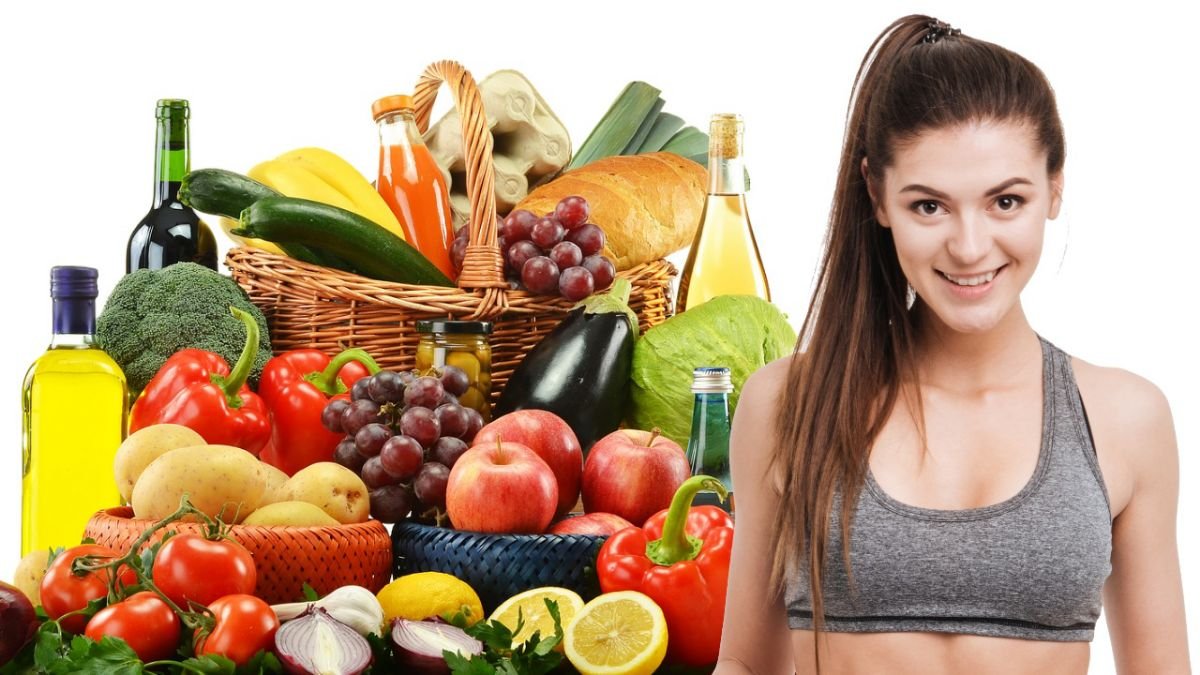balanced Eating a diet
A healthy and balanced diet is an important part of maintaining good health and can help you feel better.
It means eating a variety of foods with the right proportions and drinking the right amount of food and beverages to achieve and maintain a healthy body weight.
This page incorporates healthy eating advice for the general population.
People with special dietary requirements or medical conditions should ask their doctor or registered dietitian for advice.
Food groups in your diet
The Eatwell Guide suggests that in order to have a healthy, balanced diet, people should try to:
Eat a variety of fruits and vegetables in at least 5 portions per day (see 5A Day)
Base food on high fiber starchy foods like potato, bread, rice or pasta
Some dairy or dairy alternatives (such as soy beverages)
Eat some beans, pulses, fish, eggs, meat and other proteins
Choose unsaturated oils and spreads, and eat them in moderation
Drink plenty of fluids (at least 6 to 8 glasses a day)
If you are taking foods and drinks that are high in fat, salt and sugar, they are low and often in small amounts.
Try to choose a variety of different foods from the 5 main food groups to get a wide range of nutrients.
Most people in the UK eat too many calories, too much saturated fat, sugar and salt and not enough fruits, vegetables, oily fish or fiber.
The Eatwell Guide does not apply to children under 2 years of age as they have different nutritional needs.
Between the ages of 2 and 5, children should move to the same family to eat slowly, in the ratio shown in the Eatwell Guide to the rest of the family.
Fruit and vegetables: are you getting your 5 A Day?
Fruits and vegetables are a good source of vitamins and minerals and fiber, and should contain more than one third of the food you eat each day.
It is recommended that you eat different types of fruits and vegetables in at least 5 portions every day. They can be fresh, frozen, canned, dried or juiced.
There is evidence that people who eat at least 5 portions of fruits and vegetables a day have a lower risk of heart disease, stroke and some cancers.
Eating 5 portions is not as hard as it sounds.
Part one:
80 grams of fresh, canned or frozen fruits and vegetables
30 grams of dried fruit – which should be kept for eating
150 ml glass of fruit juice or smoothie – but do not take more than 1 portion a day as these drinks are sugary and can damage the teeth
Only 1 apple, banana, pear or similar shaped fruit is 1 part each.
A piece of pineapple or watermelon is also 1 part, and 3 lots of vegetables is another part.
Adding a tablespoon of dried fruit, such as raisins, to your morning cereal is an easy way to get 1 part.
You can swap your mid-morning biscuits for bananas, and add a side salad to your lunch.
For dark desserts, make some low-fat yoghurts with fresh vegetables and fruits for 5 days.
Starchy foods in your diet
Starchy foods should be more than a third of everything you eat. This means that your food should be based on these foods.
Choose whole or whole varieties of starchy foods such as brown rice, whole pasta, and brown, whole or high fiber white bread.
They contain more fiber and generally more vitamins and minerals than white varieties.
Potatoes are a great source of fiber and vitamins with peels. For example, if boiled potatoes or jacket potatoes, eat the skin as well.
Milk and dairy foods (and alternatives)
Milk and dairy foods, such as cheese and yogurt, are good sources of protein. It also contains calcium to help maintain the health of your bones.
Where possible, go for low fat and low sugar products.
Opt for semi-skimmed, 1% fat or skimmed milk, as well as low-fat hard cheese or cottage cheese, and low-fat, low-sugar yogurt.
This beverage group also includes dairy options such as soy drinks.
When purchasing the option, choose the unsweetened, calcium-fortified version.
It also contains calcium to help maintain the health of your bones.
